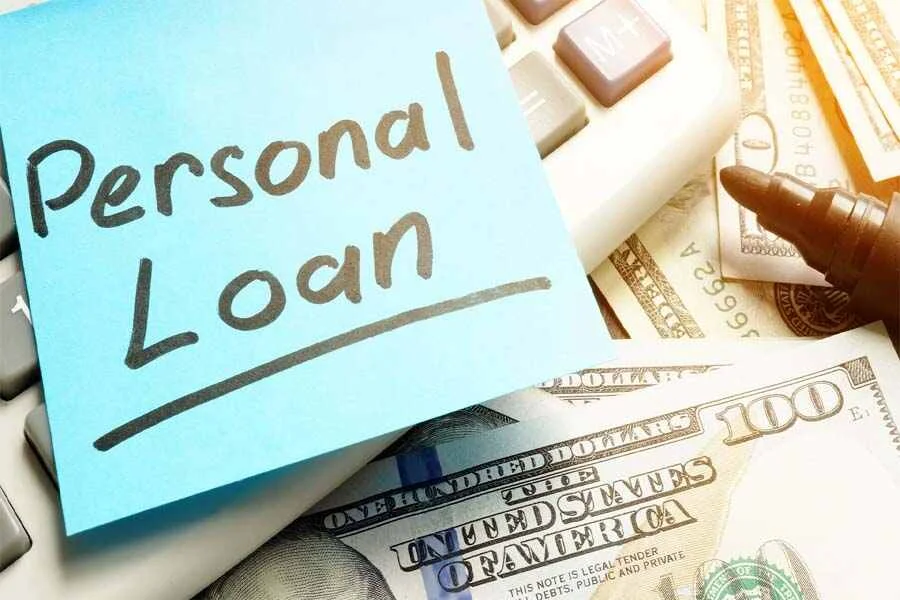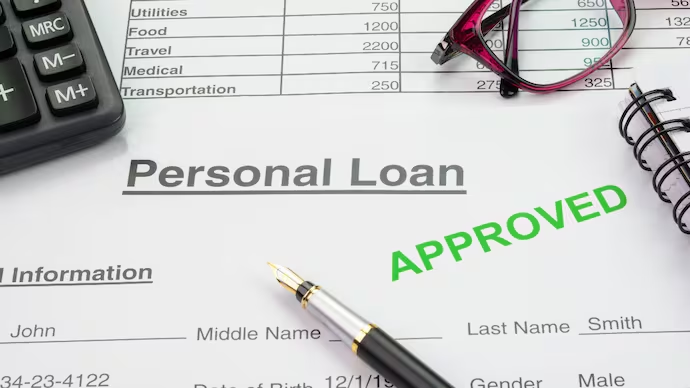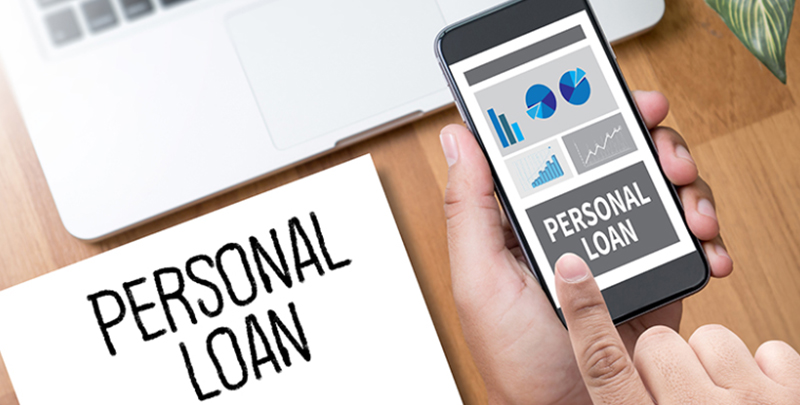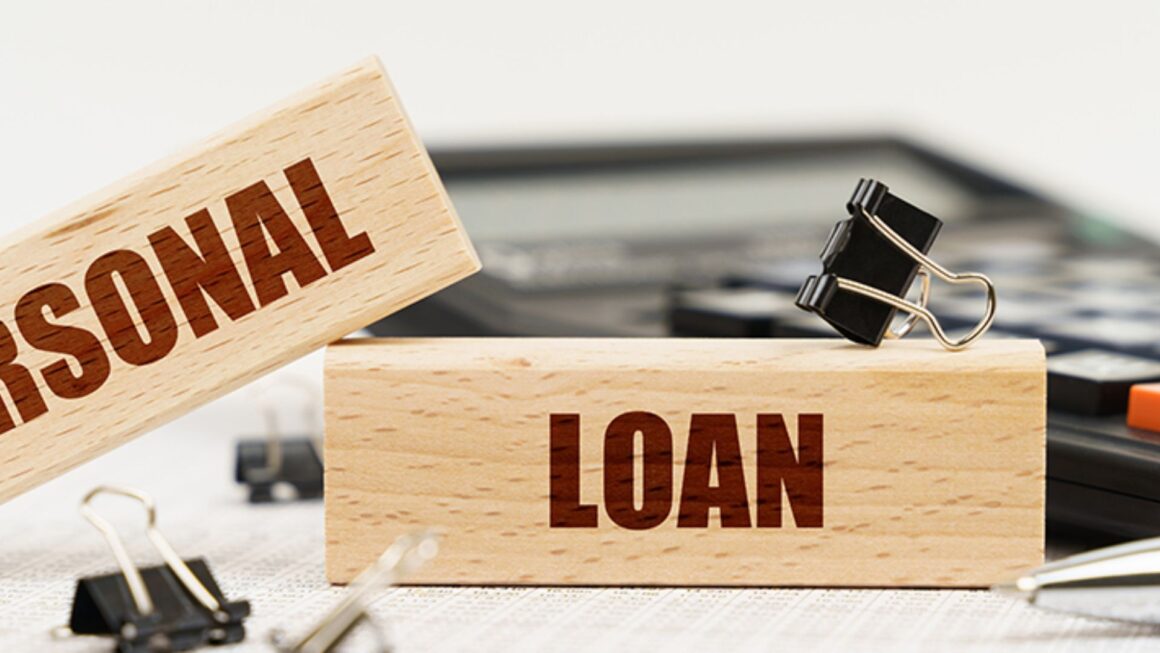In today’s fast-paced financial world, personal loans have become one of the most popular borrowing options. Whether you’re looking to consolidate debt, finance a large purchase, cover emergency expenses, or even invest in your education, personal loans can offer the flexibility and convenience you need. But with so many lenders and loan products available, how do you find the best personal loans available right now?
In this article, we’ll explore the landscape of personal loans in 2025, break down the types of loans available, highlight what makes a personal loan the “best,” and review some of the top loan options on the market today. Plus, we’ll answer your most pressing questions about personal loans to help you make an informed decision.
Key Takeaways
- Personal loans are versatile and can be used for many financial needs.
- Look for low APRs, flexible terms, and minimal fees when choosing a loan.
- Your credit score greatly influences the rates and lenders available to you.
- Online lenders often provide faster approval and funding than traditional banks.
- Always read the terms carefully, especially about fees and prepayment penalties.
- Compare multiple lenders before making a decision to get the best deal.
- Personal loans can be a smart alternative to credit cards or payday loans for managing debt or financing expenses.
What Are Personal Loans?

Personal loans are a type of installment loan that individuals borrow from financial institutions such as banks, credit unions, or online lenders. Unlike mortgages or auto loans, which are secured by collateral like a house or a car, personal loans are typically unsecured. This means you do not have to pledge any assets as security for the loan. Because of this, lenders evaluate your creditworthiness — your credit score, income, employment history, and debt-to-income ratio — to determine if you qualify for the loan and what interest rate to offer.
Personal loans are generally issued as a lump sum amount that you agree to repay over a set period, commonly ranging from 12 to 60 months, though some lenders offer terms as long as 7 years. The repayment happens in fixed monthly installments that include both principal and interest, making it easier to budget your payments.
Common Features of Personal Loans
- Unsecured Nature: Most personal loans do not require collateral, making them accessible but typically carrying higher interest rates than secured loans.
- Fixed Interest Rates: Many personal loans have a fixed interest rate, which means your monthly payments stay the same throughout the life of the loan.
- Fixed Term: The repayment period is fixed, providing a clear timeline for when your loan will be fully paid off.
- Loan Amount: Loan sizes vary widely, typically from $1,000 to $100,000, depending on the lender and your creditworthiness.
- Credit-Based Approval: Lenders assess your credit score and history to determine eligibility, loan terms, and rates.
- Use of Funds: Personal loans are versatile and can be used for nearly any purpose — from consolidating debt to financing home improvements or covering medical bills.
How Do Personal Loans Work?
When you apply for a personal loan, the lender reviews your financial information to decide whether to approve you and under what terms. If approved, the lender disburses the full loan amount to you in a lump sum. From there, you repay the loan in equal monthly installments over the agreed-upon term until it is paid off.
Because personal loans have fixed monthly payments, they can help borrowers plan their finances more effectively compared to credit cards or revolving lines of credit, which have variable minimum payments.
Advantages of Personal Loans
- Predictability: Fixed interest rates and fixed monthly payments help with budgeting.
- Lower Interest Rates Than Credit Cards: For borrowers with good credit, personal loans often come with lower interest rates than credit cards, especially for consolidating debt.
- Flexibility: Use the money for almost anything, including emergencies, travel, or home improvement.
- Debt Consolidation: Personal loans can simplify your finances by consolidating multiple debts into one payment, often at a lower interest rate.
Disadvantages of Personal Loans
- Interest Costs: Because they are unsecured, interest rates can be higher than secured loans like mortgages.
- Credit Impact: Applying for multiple loans can lead to hard credit inquiries, which may temporarily lower your credit score.
- Potential Fees: Origination fees, late payment fees, and prepayment penalties can add to the loan cost if not managed properly.
Why Choose a Personal Loan?
Personal loans have become an increasingly popular financial tool for a variety of reasons. Their flexibility, straightforward repayment structure, and relatively low-interest rates compared to other unsecured credit options make them an attractive borrowing choice. Here’s a deeper look at why many people opt for personal loans and how they can benefit different financial situations.
1. Flexibility in Use
One of the biggest advantages of personal loans is their versatility. Unlike specialized loans—such as mortgages or auto loans, which must be used to buy a home or vehicle—personal loans typically come with no restrictions on how you use the funds. You can use a personal loan for:
- Debt consolidation to simplify and reduce overall interest payments
- Home renovations or repairs
- Medical expenses that aren’t covered by insurance
- Financing a wedding or special event
- Paying for education or training courses
- Emergency expenses like car repairs or urgent travel
- Major purchases such as appliances or electronics
This freedom gives borrowers the power to allocate funds according to their unique needs without being restricted by the lender.
2. Lower Interest Rates Compared to Credit Cards
If you carry a balance on high-interest credit cards, a personal loan can be a smart way to reduce interest costs. Personal loans often offer lower fixed interest rates compared to credit card APRs, which can sometimes exceed 20%. By transferring credit card debt to a personal loan with a lower rate, you could save money on interest and pay off your debt faster.
3. Fixed Interest Rates and Predictable Payments
Personal loans generally come with fixed interest rates, meaning your interest rate and monthly payments stay the same throughout the life of the loan. This predictability helps you budget more effectively because you know exactly how much you owe each month and when your loan will be paid off. This contrasts with credit cards or other revolving credit lines, where interest rates can vary and minimum payments can fluctuate.
4. Simplifies Debt Management
If you have multiple debts—credit cards, medical bills, or small loans—a personal loan can help by consolidating all those debts into a single monthly payment. This not only reduces the hassle of tracking multiple due dates but can also improve your credit score by lowering your credit utilization rate and reducing the chances of missed payments.
5. Faster and Easier Access to Funds
With the rise of online lenders and fintech companies, personal loans can now be applied for, approved, and funded much faster than traditional loans. Some lenders offer instant pre-qualification decisions and can deposit funds within one business day, making personal loans an excellent option for urgent financial needs.
6. No Collateral Required
Because most personal loans are unsecured, you don’t have to put up any collateral, such as your home or car. This lowers your risk of losing valuable assets in case of financial hardship, making personal loans more accessible to people who don’t have valuable property to secure a loan against.
7. Build or Improve Your Credit Score
By responsibly using a personal loan and making timely payments, you can build or improve your credit history. Personal loans diversify your credit mix (types of credit you use), which is one factor credit scoring models consider. Over time, on-time payments can enhance your creditworthiness, potentially unlocking better loan terms in the future.
8. No Restrictions on Loan Amount
Unlike credit cards that come with spending limits, personal loans provide a lump sum that can range from a few thousand dollars up to $100,000 or more, depending on the lender and your credit profile. This makes them suitable for both small and large expenses.
When a Personal Loan Might Not Be the Best Choice
While personal loans offer many benefits, they may not be ideal in all situations:
- If you need ongoing access to credit rather than a one-time lump sum, a credit card or line of credit might be more suitable.
- Personal loans can come with origination fees or prepayment penalties, so be sure to read the loan terms carefully.
- If your credit score is low, you might face high interest rates or get declined, making other options worth considering.
What Makes a Personal Loan the “Best”?
When evaluating personal loans, here are the key factors to consider:
1. Interest Rate (APR)
A low annual percentage rate (APR) reduces the overall cost of borrowing. The best personal loans offer competitive interest rates, especially for borrowers with good credit.
2. Loan Amount
Look for lenders who offer loan amounts that match your needs, whether small ($1,000–$5,000) or large ($20,000+).
3. Loan Term
Flexible loan terms (e.g., 12 to 60 months) allow you to choose repayment periods that fit your budget.
4. Fees
Beware of origination fees, prepayment penalties, and late fees. The best loans minimize or eliminate extra fees.
5. Approval Speed
Some lenders offer instant or same-day approvals and fast funding, ideal for emergencies.
6. Customer Service
Reliable and transparent customer service can make a big difference in your borrowing experience.
7. Eligibility Requirements
Some loans are designed for borrowers with excellent credit only, while others cater to those with lower credit scores or special circumstances.
Types of Personal Loans Available Right Now
1. Traditional Bank Personal Loans
Offered by large national or regional banks, these loans usually have competitive rates but stricter eligibility requirements.
2. Credit Union Loans
Credit unions often provide lower interest rates and more personalized service but may require membership.
3. Online Personal Loans
Fintech companies and online lenders often have a faster approval process and more flexible eligibility criteria.
4. Peer-to-Peer (P2P) Loans
Loans funded by individual investors via platforms like LendingClub or Prosper, sometimes offering competitive rates.
5. Loans for Bad Credit
Specialized lenders provide personal loans for borrowers with poor credit, but expect higher interest rates.
Top Personal Loans Available in 2025

Here’s a snapshot of some of the best personal loans available right now based on interest rates, terms, fees, and customer reviews.
1. SoFi Personal Loans
- APR: 5.99% – 18.85%
- Loan Amount: $5,000 – $100,000
- Term: 2 to 7 years
- Highlights: No fees, unemployment protection, great for good credit borrowers.
2. Marcus by Goldman Sachs
- APR: 6.99% – 19.99%
- Loan Amount: $3,500 – $40,000
- Term: 3 to 6 years
- Highlights: No fees, flexible payment options, automatic payment discounts.
3. LightStream (SunTrust)
- APR: 3.99% – 19.99%
- Loan Amount: $5,000 – $100,000
- Term: 2 to 12 years
- Highlights: Super low rates for excellent credit, fast funding.
4. Upgrade Personal Loans
- APR: 7.99% – 35.97%
- Loan Amount: $1,000 – $50,000
- Term: 3 or 5 years
- Highlights: Loans available for fair credit, includes credit monitoring.
5. Upstart
- APR: 6.18% – 35.99%
- Loan Amount: $1,000 – $50,000
- Term: 3 or 5 years
- Highlights: Uses AI for approval, good for borrowers with limited credit history.
6. Discover Personal Loans
- APR: 6.99% – 24.99%
- Loan Amount: $2,500 – $35,000
- Term: 3 to 7 years
- Highlights: No fees, flexible repayment terms, good customer support.
7. Avant
- APR: 9.95% – 35.99%
- Loan Amount: $2,000 – $35,000
- Term: 2 to 5 years
- Highlights: Good for fair credit, quick funding.
How to Choose the Best Personal Loan for You?
Follow these steps to make the right choice:
- Check Your Credit Score
Your credit score impacts your loan options and interest rates. - Determine Your Loan Purpose and Amount
Borrow only what you need and ensure the loan amount fits your purpose. - Compare Rates and Terms
Use online loan comparison tools or calculators. - Read the Fine Print
Understand fees, penalties, and payment schedules. - Apply with Multiple Lenders
Prequalification can help you compare offers without impacting your credit score. - Consider Customer Reviews
Look for lender reliability and customer satisfaction.
Also Read :-How Does Making Extra Payments Affect Your Loan Balance?
Conclusion
Choosing the best personal loan right now depends largely on your credit profile, loan needs, and repayment ability. While many lenders offer competitive rates and flexible terms, it’s essential to shop around, compare offers, and read the fine print before committing.
Whether you’re seeking a low-interest loan from a traditional bank, a fast online loan, or an option designed for borrowers with less-than-perfect credit, the right personal loan can help you meet your financial goals while maintaining control over your budget.
FAQs
1. What credit score do I need for the best personal loans?
Most top lenders require a credit score of 670 or higher for the best rates. However, some lenders offer loans for fair credit (600+) with slightly higher rates.
2. Can I get a personal loan with bad credit?
Yes, but expect higher interest rates and possibly lower loan amounts. Some lenders specialize in loans for bad credit.
3. How fast can I get a personal loan?
Online lenders often approve loans within minutes and can fund your account within 24 hours. Traditional banks may take several days.
4. Are personal loans taxable?
No, personal loan proceeds are not considered taxable income.
5. Can I pay off my personal loan early?
Most personal loans allow early repayment without penalties, but check your loan agreement to be sure.
6. What happens if I miss a personal loan payment?
Missing payments can lead to late fees, increased interest rates, and damage to your credit score.
7. Is it better to use a personal loan or a credit card?
Personal loans usually have lower interest rates and fixed payments, making them better for larger expenses or debt consolidation.



